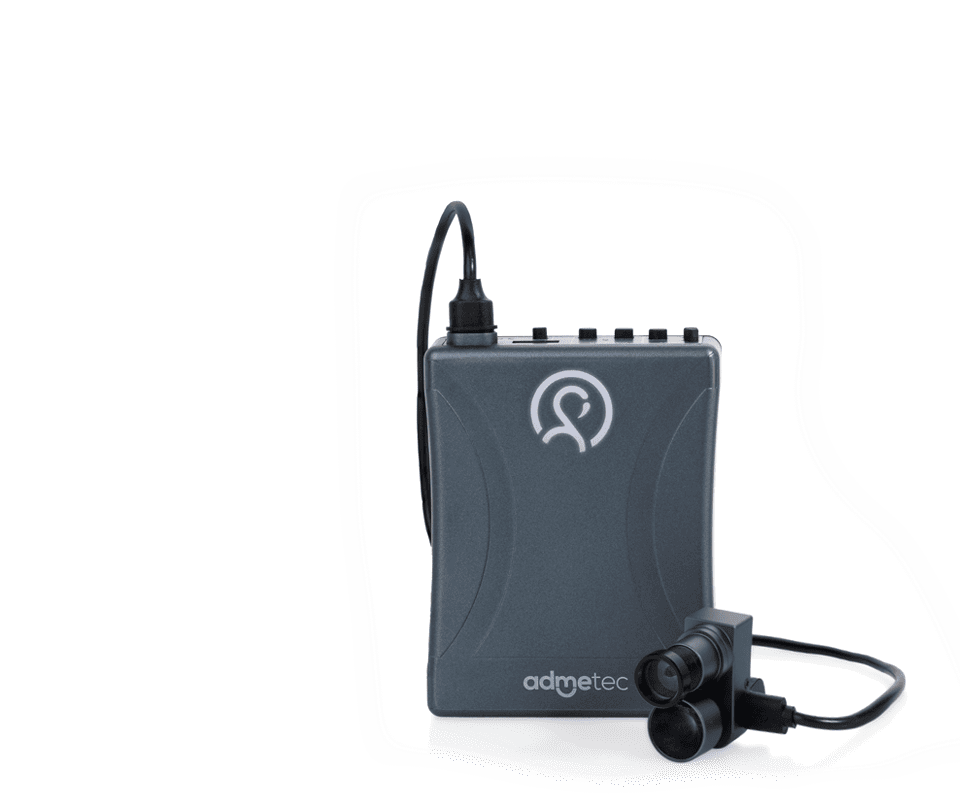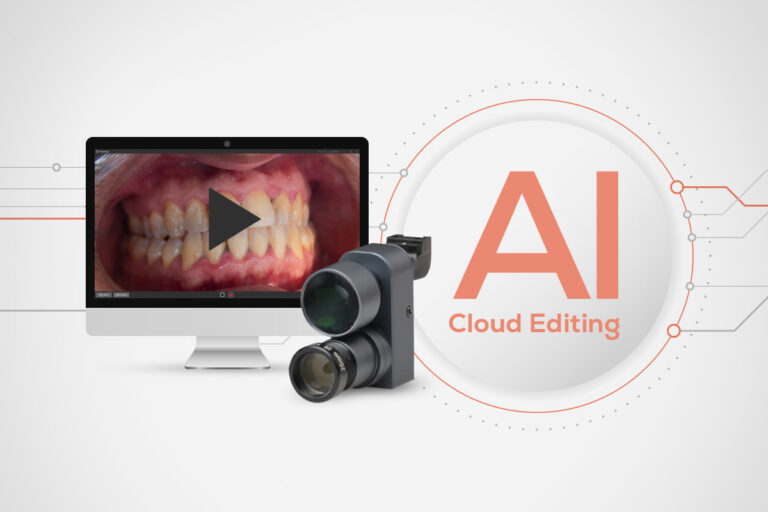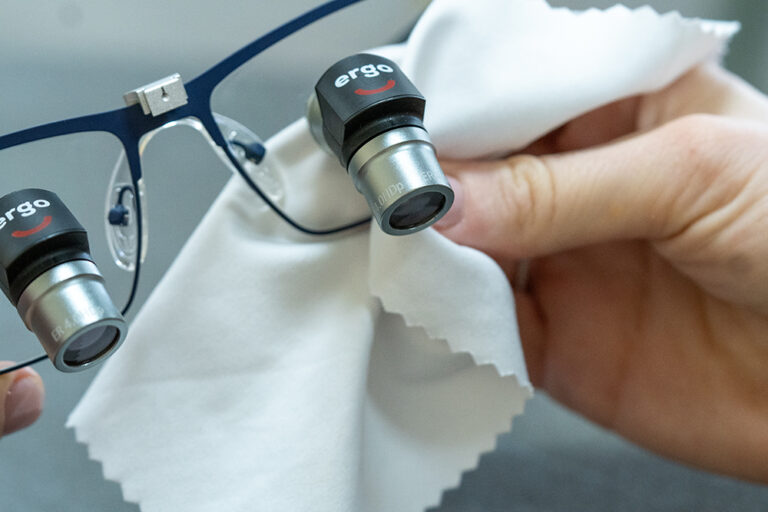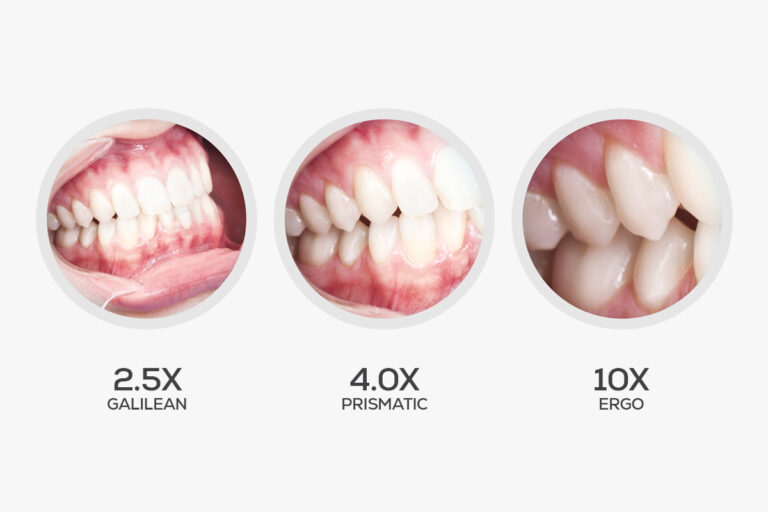Light for Loupes
さまざまなニーズへ対応
ルーペとライトは単一のソリューションを構成する2大要素であり、別々の製品としてではなく、組み合わせて考えられるべき製品です。自分のルーペに最適なライトを合わせることが、カスタマイズの大切な一歩です。
すべてのライトはプレミアム品質で、必要な照明を提供しながら超軽量になるように設計されています。
- 高品質で耐久性に優れたLED
- 昼光(自然)色
- 人間工学に基づいた簡潔なインターフェイス
- 硬化防止用イエローフィルター
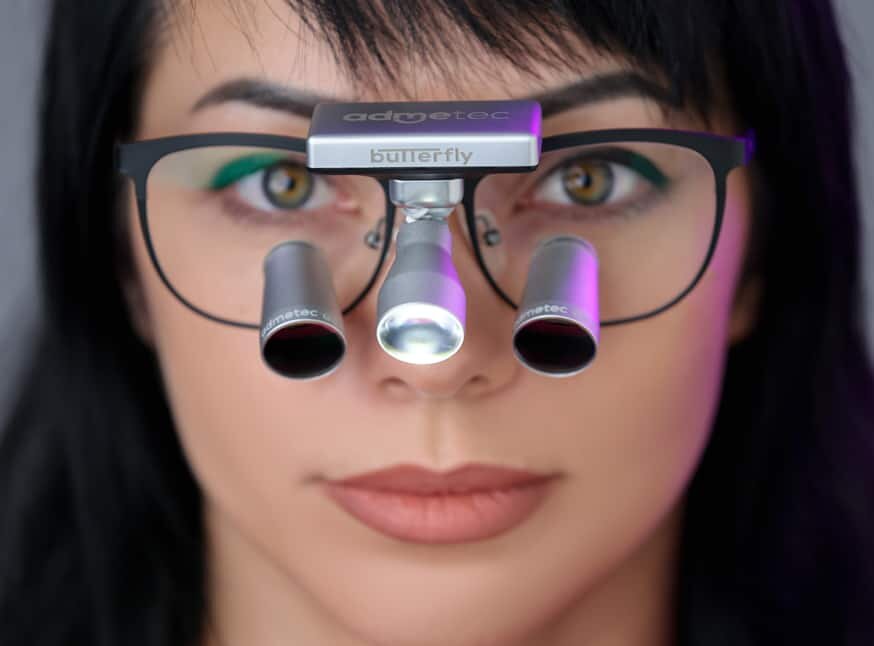
ルーペに合わせた最適なライトの選び方
ルーペとヘッドライトは、2つで一つのソリューションを作り上げる要素です。お使いのルーペにどのヘッドライトを選ぶかを決める際に、考えるべき点をご紹介します。
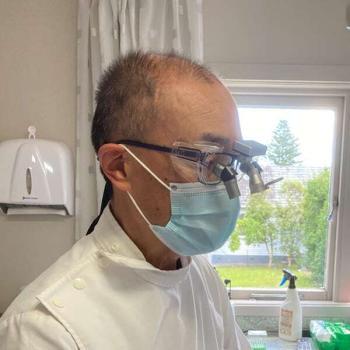
トニー・ウォン医師
オークランド(ニュージーランド)の歯科医です。新しい6倍エルゴルーペの軽さ、人間工学に基づいた位置、鮮明さが気に入っています。最初の学習と調整の過程を経て、エルゴルーペに切り替えることを強くお勧めします。エルゴルーペの位置は、作業中の痛みや怪我から首や体を守ってくれます。

DVMフランク・ペレド・アレナス
私は獣医神経外科医として、犬や猫の脊髄や脳の手術を成功させる大きな責任を負っています。患者さんからの信頼に応えるため、私は手術の高い品質を保証するアドメテック・ルーペとOrchid-Sを選びました。
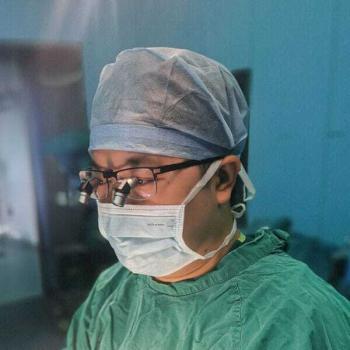
カイ・シュー医師
エルゴ式ルーペを1ヶ月以上使っています。すぐにお気に入りのルーペになりました。非常に軽量で、明るくクリアです。さらに重要なのは、手術中に首を曲げる必要がなくなったことです。エルゴ4.0(550mm)の倍率は、従来のガリレオ(450mm)の倍率2.5に近いので、それほど苦労せずに慣れました。このエルゴ式ルーペを購入したことは、2021年のスマート投資となりました。
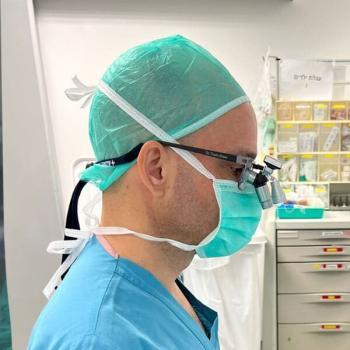
ヤニヴ・アヴナー医師
エルゴ式ルーペを使えば、長時間の手術でも人間工学的に健康な姿勢を保つことができる。もう首や背中を曲げたり、緊張させたりする必要はありません!バタフライヘッドライトは軽量で快適です。不要なワイヤーや重いバッテリーを使うことなく、手術中に何時間も優れた照明を提供してくれます。現在私は、複雑な口蓋の手術から扁桃腺摘出やアデノイドの手術などの日常的な手術まで、ほとんどすべての手術でバタフライヘッドライト付きのエルゴ式ルーペを使用しています。

アパー・ラミチェーン医師
仕事がもっと楽しくなる!
最高の光学系と人間工学に基づいた素晴らしいルーペがあれば、仕事はもっと楽しくなります。Admetecに感謝します!
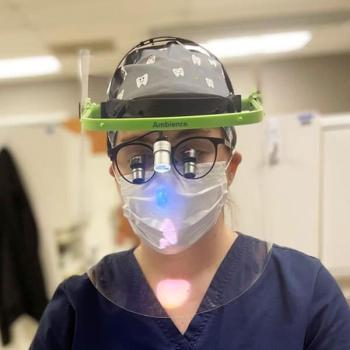
RDH アシュリン
軽くて顔にフィットするし、首や背中の負担を軽減してくれるし、インストラクターが通りかかると、私が彼らを見ているのか、私の患者を見ているのかわからなくなるのが面白いです。今まで最高のルーペです。

キアラ・リチェーリ医師
特にバタフライヘッドライトが大好きです!平凡な歯科医から偉大な専門家になるために、日常診療で拡大鏡を使うことを本当にお勧めします。
What’s new?
Selecting the Right Headlight for Your Loupes
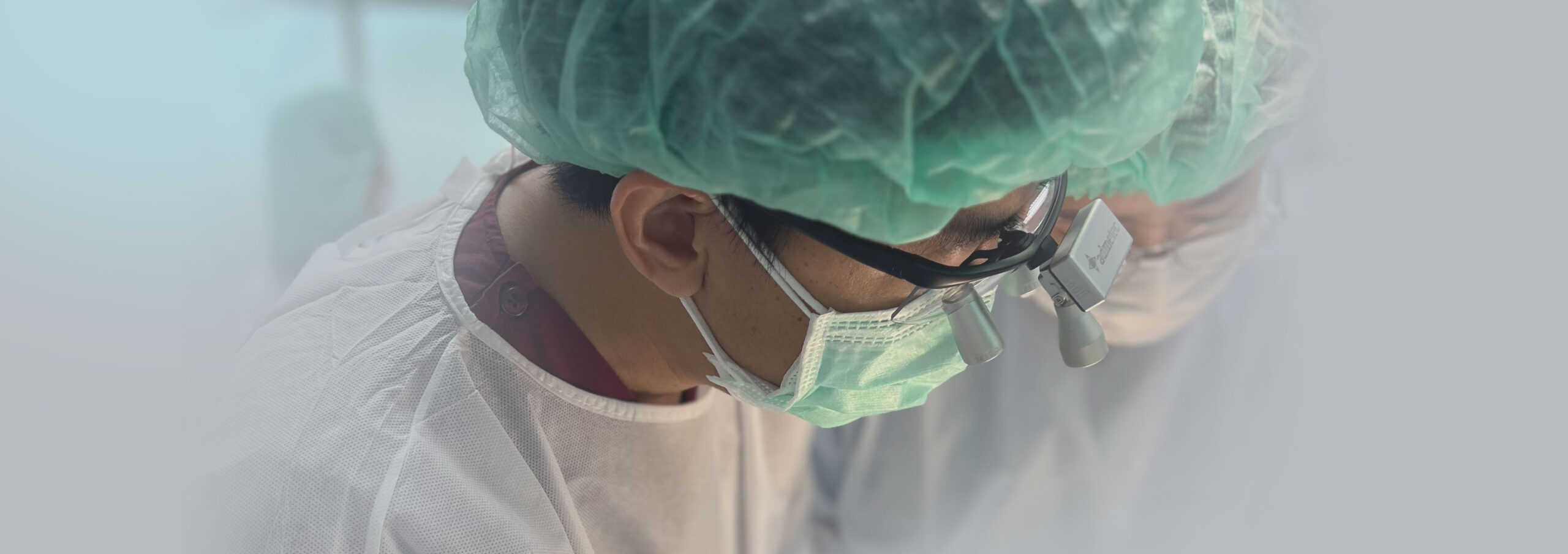
When choosing your headlight, there are four key factors to consider:
- Wired or Cordless Operation
- Weight
- Light Intensity (LUX)
- Compatibility with Loupes Magnification
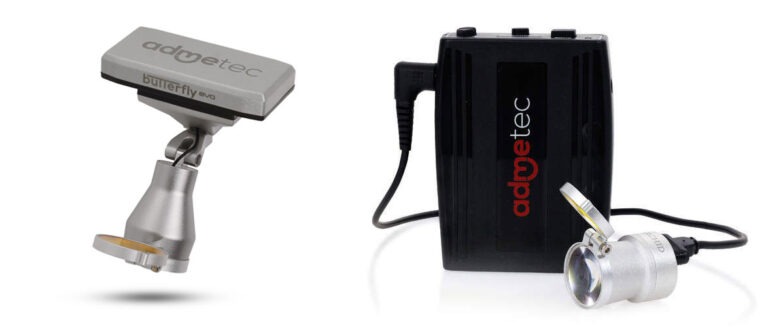
Wired or Cordless Headlights – Which is Best?
Both wired and cordless options have their advantages and disadvantages, and the choice ultimately depends on your priorities regarding convenience, comfort, and technical capabilities.
Convenience: Cordless headlights offer unparalleled convenience and a seamless work experience. Removing the need for cables enhances freedom of movement, particularly when wearing loupes, leading to increased comfort and efficiency.
Comfort: While cordless headlights enhance convenience, weight is also a crucial factor to consider. Wired headlights connect to a battery pack worn on the body, while cordless headlights integrate the battery with the headlight itself, making them inherently heavier. At Admetec, we address this concern by evenly distributing the weight across the frame’s bridge in our Butterfly headlight design, reducing pressure on the physician’s nose.
Technical Capabilities: Technical considerations include battery runtime and charging duration. Admetec’s headlight sets are engineered to run for at least six hours on a single charge – suitable for a standard workday. While cordless lights offer shorter charging times, wired models provide higher intensity light. Battery replacement is straightforward for both wired and cordless models, with our Orchid wired models featuring plug-and-play functionality, and our Butterfly cordless lights featuring an intuitive magnetic battery connection.
Weight – How Heavy Is The Headlight?
Cordless lights tend to be heavier than wired lights, and when wearing loupes for extended periods, every gram counts. Lighter headlight options contribute to overall comfort, reducing end-of-day fatigue. Admetec prioritizes lightweight design across all products, with our Butterfly headlight models weighing between 25-30 grams. All Admetec products are designed to be ultra-light and Admatec wired lights are even lighter.
How Will Light Intensity (LUX) Impact Your Work?
It would be natural to assume that the stronger the light intensity, the better. In this case, stronger is not necessarily better. Light intensity should match the type of work you are doing as follows:
- Hygienists require less intensity than a dentist doing pinpoint work.
- Height matters. If you are tall or work with Ergonomic loupes, your working distance will be larger than someone who is shorter or works with Galilean or Prismatic loupes.
The further a light source is from where the light hits, the more the beam circumference expands and diffuses. These elements need to be balanced so that the beam is not:
- Too small: leaves dark “borders” around your field of view.
- Too large: spills over and ‘blinds’ your patient.
Compatibility With Loupe Magnification
As magnification increases, objects viewed through loupes may appear larger while the amount of light remains the same, resulting in a darker field of view. Therefore, it’s crucial to ensure that your headlight’s intensity matches your loupe magnification. To simplify the process of matching Admetec loupes and lights, we’ve developed a straightforward guide. While specifications may vary for loupes and lights from other providers, our guide offers valuable insights and essential questions to consider when selecting the right light for your loupes.
Guidelines
We’ve developed a straightforward guide to assist in matching Admetec loupes and lights. Please note that these are recommendations based on our experience. Your unique circumstances and preferences will play a significant role in your choice.
Factors such as your profession (surgeon or dentist) and physical characteristics (height, working distance) will influence the best choice for you. Additionally, personal preferences matter as your loupes and light reflect your individuality. It’s crucial to discuss these aspects with our representatives to ensure the best match for you.

*(10x) Matching Butterfly-S with 10x magnification is feasible; however, it’s not recommended if the doctor’s working distance exceeds 550mm. In such cases, the circumference of the light beam may surpass the field of view, potentially causing excess light to shine into the patient’s eyes, leading to discomfort.
**(3.2x) With a field of view larger than the circumference of the light beam, choosing this combination results in a strong beam of light that may not fully illuminate the entire field of view. Consequently, dark borders may appear around the edges of the field of view. Some surgeons opt for this setup, relying on the pinpoint illumination provided by their headlight while relying on overhead lighting for the remaining operating field illumination.








